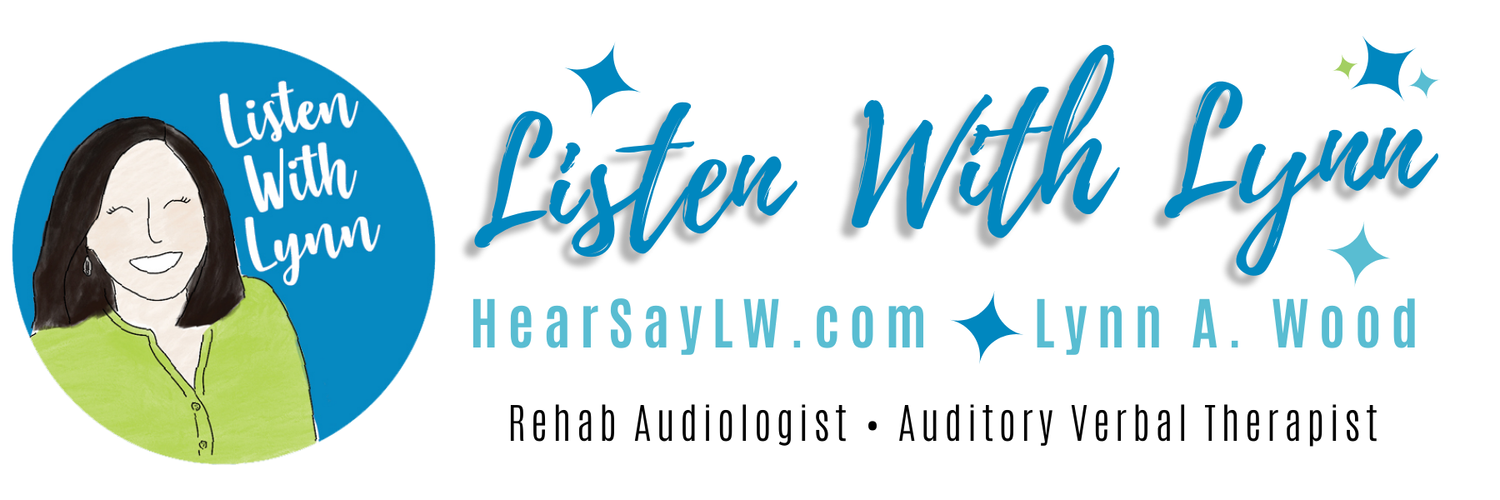A LISTENING BOX is a must-have tool if you guide families of young children who are deaf and hard of hearing. I first made a Listening Box while learning from Doreen Pollack in her video-tapped training lessons as an undergraduate student at the University of Akron Speech and Hearing Clinic.
The auditory premises I learned from Doreen remain true today. Doreen Pollack established the Acoupedic Program in Denver for teaching listening and spoken language to children who were deaf and hard of hearing. This was later named Auditory-Verbal Therapy and today it is referred to as Listening and Spoken Language Therapy.
A Listening Box is a classic Listening and Spoken Language Auditory Verbal activity for beginner listeners. A Listening Box holds sound-making toys, objects, and toy instruments in order to present the sound through hearing first. The sound-making objects are hidden behind the Listening Box’s lid which little kids love. This Learning To Listen activity helps a child develop sound awareness and attach meaning to speech and environmental sounds.
DIY In one of my early intervention auditory verbal sessions with the parents or caregivers we make a DIY Listening Box together either face to face or in a teletherapy session. It gives us time to chat when I can offer important information about sound awareness and listening and spoken language outcomes.









